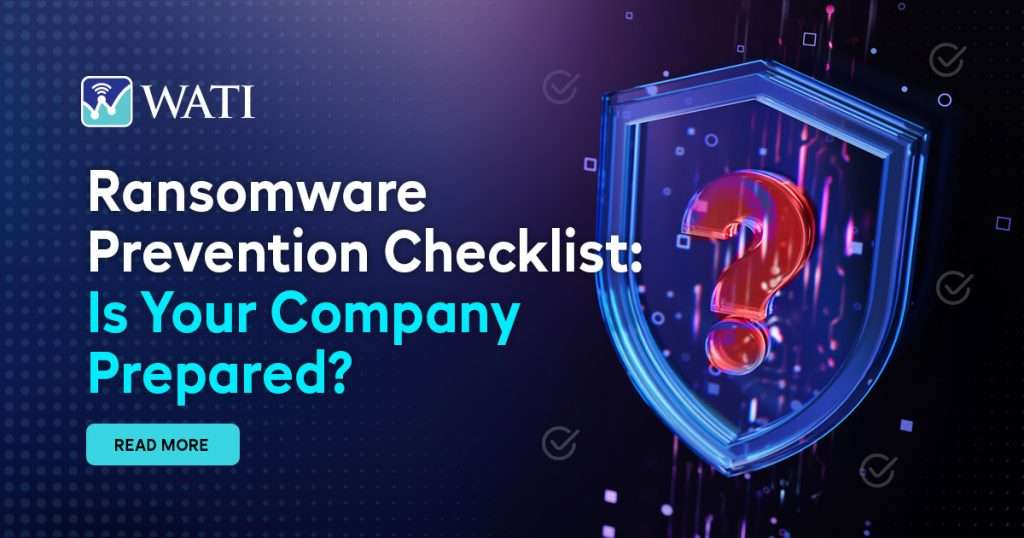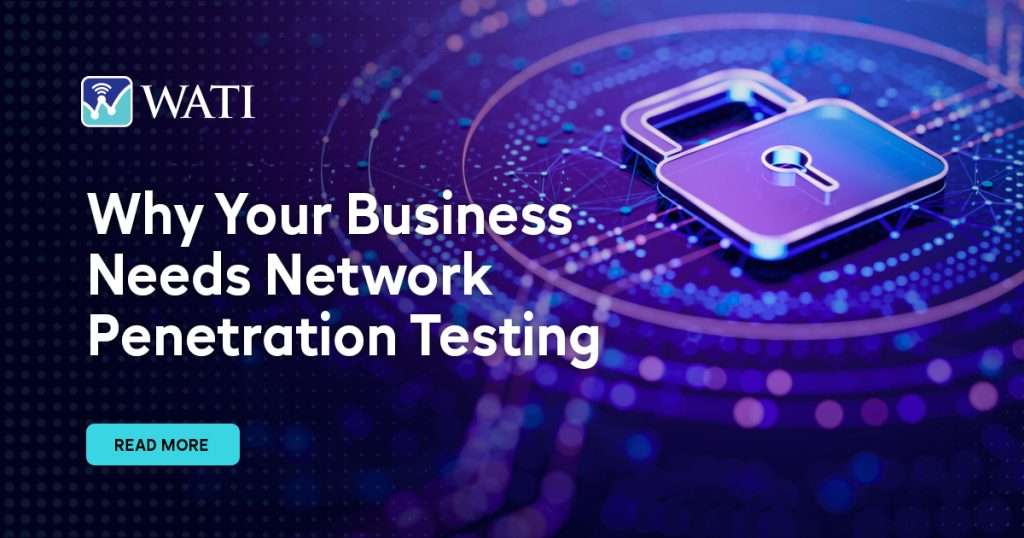Cyberattacks are more sophisticated than ever before, and the sheer volume of threats that organizations face is staggering. From small businesses to global enterprises, every organization is at risk of becoming a target for cybercriminals. To stay ahead of these evolving threats, it’s essential to be proactive, and that’s where regular vulnerability scanning comes into play.
Vulnerability scanning involves the systematic identification of weaknesses within your network, applications, and infrastructure. This crucial practice helps detect potential vulnerabilities before attackers have a chance to exploit them. Regular scanning is not just about finding issues; it’s about staying one step ahead in an environment where new threats can emerge at any time. In this article, we’ll explore why regular vulnerability scanning is a must-have for any robust cybersecurity strategy and the numerous benefits it provides.
Early Detection of Security Weaknesses
One of the most significant advantages of regular vulnerability scanning is its ability to detect security weaknesses at an early stage. The sooner vulnerabilities are identified, the sooner they can be mitigated, reducing the window of opportunity for malicious actors.
Modern vulnerability scanners work by actively probing systems, applications, and network components for known weaknesses such as misconfigurations, outdated software, or exploitable code. When vulnerabilities are detected, they are categorized based on their severity, allowing your security team to prioritize which issues need immediate attention.
Without regular scans, vulnerabilities can go unnoticed for long periods, which increases the risk of exploitation. Cybercriminals constantly seek new ways to infiltrate systems, and even minor weaknesses can become gateways for larger, more devastating attacks.
Improved Patch Management
Patch management is an essential aspect of cybersecurity that ensures systems and applications remain up to date with the latest security fixes. However, in a large-scale organization, managing patches across hundreds or even thousands of systems can be challenging. Regular vulnerability scanning simplifies this process by identifying which systems are vulnerable and which patches need to be applied.
By having a clear picture of which vulnerabilities exist, security teams can prioritize patch deployment based on the severity of the threats. Critical patches can be deployed immediately, while less severe issues can be addressed according to an established schedule. This structured approach ensures that the most pressing vulnerabilities are dealt with first, reducing the likelihood of a breach.
In addition to improving patch management, regular scanning helps organizations stay vigilant against zero-day vulnerabilities—new, previously unknown security flaws that are discovered and disclosed. A well-implemented scanning and patching strategy can significantly reduce exposure to these high-risk vulnerabilities.
Maintaining Compliance with Industry Standards
In today’s regulatory environment, compliance with cybersecurity standards and regulations is a top priority for many organizations. Industries such as healthcare, finance, and retail are subject to strict regulations that require robust security measures, including regular vulnerability assessments. Failing to meet these requirements can lead to legal penalties, fines, and reputational damage.
For example, regulations like PCI-DSS (Payment Card Industry Data Security Standard) require companies that handle credit card transactions to regularly scan their systems for vulnerabilities. Similarly, healthcare organizations that handle sensitive patient data must comply with HIPAA (Health Insurance Portability and Accountability Act), which mandates regular security assessments to protect patient privacy.
Vulnerability scanning not only helps businesses achieve and maintain compliance with these regulations, but it also provides valuable reports and documentation that can be shared with auditors and regulators. These reports demonstrate that the organization is taking appropriate steps to safeguard its systems, which can be a critical factor in passing regulatory inspections.
Reducing the Attack Surface
The attack surface of an organization refers to all the potential points of entry that an attacker could use to infiltrate a system. This includes everything from exposed network services to unpatched software and weak access controls. Regular vulnerability scanning plays a vital role in minimizing the attack surface by identifying and eliminating these potential entry points.
When security teams understand where the vulnerabilities lie, they can take immediate action to close those gaps. By reducing the number of exploitable weaknesses, organizations make it significantly harder for attackers to succeed in breaching their systems.
The ongoing nature of vulnerability scanning also ensures that new assets added to the network—such as new applications or devices—are quickly assessed for vulnerabilities. This helps maintain a reduced attack surface over time, even as the organization grows and evolves.
Strengthening Incident Response
No matter how robust your cybersecurity measures are, incidents will happen. When they do, the speed and efficiency of your response can make the difference between a minor disruption and a major breach. Regular vulnerability scanning helps strengthen your incident response by providing up-to-date information about the vulnerabilities present in your systems.
This information is invaluable during a security incident because it allows your incident response team to quickly identify the root cause of the breach and take steps to contain it. Instead of wasting precious time trying to figure out where the vulnerabilities might be, the team can focus on mitigating the damage and preventing the attacker from moving deeper into the network.
In the long run, regular vulnerability scanning reduces the overall number of incidents, as most vulnerabilities will be addressed before they can be exploited. However, in the event that an attack does occur, your organization will be better prepared to respond swiftly and effectively.
Enhancing Security Awareness Across the Organization
Security is not just the responsibility of the IT department; it’s an organization-wide concern. Regular vulnerability scanning fosters a culture of security awareness by continually highlighting the importance of system updates, proper configuration, and adherence to security best practices.
When employees and departments outside of IT see the results of vulnerability scans and the potential impact of unpatched vulnerabilities, they are more likely to take security seriously. This heightened awareness helps reduce the risk of human error, which is one of the leading causes of data breaches.
In addition, vulnerability scanning reports provide tangible evidence of the security risks facing the organization, making it easier for security leaders to secure budget approvals for necessary improvements and upgrades. The more security-aware an organization is, the better equipped it will be to defend against cyber threats.
Cost-Effective Risk Mitigation
One of the most compelling reasons to conduct regular vulnerability scanning is that it is a highly cost-effective way to mitigate risk. The cost of preventing a breach is significantly lower than the cost of recovering from one. By identifying and addressing vulnerabilities before they can be exploited, organizations avoid the potential financial losses associated with data breaches, system downtime, legal actions, and loss of customer trust.
Moreover, the cost of implementing a vulnerability scanning program is relatively low compared to the potential damages that could arise from a successful cyberattack. With automated tools and services readily available, organizations can easily integrate vulnerability scanning into their overall security strategy without incurring significant expenses.
Continuous Improvement of Security Posture
Cybersecurity is not a static process. New threats are emerging all the time, and organizations must continuously adapt to keep their defenses strong. Regular vulnerability scanning provides a way to ensure continuous improvement in your organization’s security posture.
With each scan, new vulnerabilities are identified, and remediated, improving the overall security of your systems. This iterative process ensures that your defenses are always evolving to meet the latest threats, and that you remain one step ahead of potential attackers.
In addition, many vulnerability scanning tools incorporate threat intelligence feeds that provide real-time updates on the latest vulnerabilities and attack trends. By staying informed about these developments, organizations can take preemptive action to protect themselves against emerging threats.
Conclusion
For businesses today, the complexity and volume of cyber threats require more than just reactive measures; proactive solutions like regular vulnerability scanning are essential. As a leading cybersecurity services company, we know that the proactive identification and remediation of vulnerabilities is key to preventing cyberattacks and minimizing risks. By conducting regular scans, we help businesses stay compliant with industry regulations, reduce their attack surface, and improve incident response capabilities.
Our tailored vulnerability scanning services are designed to provide comprehensive protection, helping organizations of all sizes mitigate risks and defend against even the most sophisticated cyber threats. Partner with us to ensure your organization is secure, resilient, and ready to face the challenges of the digital age.
Frequently Asked Questions (FAQs)
Vulnerability scanning is an automated process that identifies security flaws in systems, applications, and networks—such as outdated software or misconfigurations—before attackers can exploit them. Conducted regularly, it helps organizations stay ahead of threats and maintain a strong security posture. When choosing a provider, look for one that combines continuous scanning with root cause analysis and remediation support.
Frequent vulnerability scans catch evolving threats early, allowing for prompt patching and risk mitigation. This proactive approach reduces the attack surface and strengthens defenses over time. The ideal provider should offer smart scheduling, alerting, and follow-up validation to ensure vulnerabilities are truly addressed.
Scans can detect issues like missing patches, weak passwords, open ports, default configurations, and SSL/TLS weaknesses. They offer the first line of defense by flagging known vulnerabilities across your infrastructure. Ask for providers with up-to-date scanning engines and a mechanism to prioritize critical risks for efficient remediation.
Absolutely. Many compliance frameworks—such as PCI-DSS, HIPAA, GDPR, and SOC 2—require periodic scanning and documented remediation efforts. Regular scanning provides audit-ready evidence of security diligence. Choose a provider who can map scan findings to your specific regulatory controls and furnish detailed reports for auditors.
Best practices suggest at least monthly scans for critical systems and more frequently after deploying updates or changes. This ensures that newly introduced vulnerabilities are detected quickly. Select a provider flexible enough to tailor scan frequency according to your risk profile and business pace.
Vulnerability scans automatically identify known weaknesses, while penetration testing uses manual techniques to actively exploit those vulnerabilities and assess real-world risk. For a robust strategy, choose a provider who offers both: scanning for broad coverage and pen testing for deeper validation of complex threats.
Consistent scanning minimizes breach risks, reduces downtime and remediation costs, and boosts stakeholder confidence. It offers early warning of weak points and supports a continuous security posture. A provider offering dashboards, trend tracking, and insightful analytics enhances these strategic benefits.
Yes. For small and medium-sized businesses, regular scanning provides an affordable and impactful security measure, especially when paired with actionable guidance. Opt for a provider offering scaled packages, clear reporting, and scalable growth options to align with evolving needs.
Effective providers use custom filters, contextual assessments, or manual validation to reduce noise. This ensures remediation resources are focused on legitimate threats rather than false alarms. When evaluating vendors, prioritize those offering refined workflows and clear triage processes.
Look for providers with timely scan coverage, accurate detection tools, expert triage, and strong post-scan support such as remediation recommendations and follow-up scans. Evaluate their reporting format, SLA response time, and how well they align with your industry risks and compliance requirements.



